I have written in past columns how it might be a wise idea for small investors to consider copper, for the same reasons they might want to buy silver and gold. Those who can't afford the safe haven status of silver and gold, in order to preserve their purchasing power, might want to consider fleeing to copper instead. I really think it makes little difference, except on the issue of scale, what form of real money you convert to from Uncle Ben's Baby Soft Bun Wipes. Just use that soon-to-be-good-for-nothing-else-but-toilet-paper fiat currency as quickly as you can, or you could be wiped out.
Christmas brought an opportunity, like merchandisers following the Holidays, to pick up some gifts at bargain prices. This may be because trading in metals commodities is traditionally lighter during this period. Whatever the cause, silver and gold have temporarily drifted downwards in price. Gold under $1100 and silver under $17.00 offer attractive entry points. Buy yourself a gift, before the shelves are stripped of overstock. Obtain some real money - silver and gold - that you physically hold. You don't have to buy the copper; you can save it from your change.
Most Americans - even if they don't understand Gresham's Law - that bad money drives good money out of circulation, had a chance to see that in action in 1965. Prior to that year, dimes, quarters, and half dollars were fabricated from a silver/copper alloy that was 90% silver. When, in 1965, the United States Mint began using a cupronickel "clad" alloy to make dimes and quarters, and reduced the silver content in halves to 40%, people inherently understood that the older coins made from noble metal had a greater worth than their base metal counterparts.
They began to pull those older silver coins out of circulation. In fact this action created such a vacuum of circulating coinage as people began to hoard the silver, that the Mint was forced to address the sudden shortage by vastly increasing their normal production of coins. In each of the three years subsequent to the changeover, the Mint exceeded the amount of dimes previously produced as late as 1963 by about a factor of three. In quarters, the amount produced in 1963 was less than twenty percent, on average, of what followed in 1965, 1966, and 1967.
People instinctively understood that the silver coins had an intrinsic value attributed to their precious metal content, that was in excess of their nominal value. That's why they pulled them from circulation and began to hoard them. This all started forty-five years ago, and now those same coins will fetch twelve to thirteen times face value. Their worth, priced in constantly diminishing dollars, is guaranteed to rise as our currency goes down in flames like the Hindenburg. I've heard people state "I wish I could have been alive then, to pull that silver out for face value!"
Well, Siegried, you've got that opportunity now with copper. The value of a copper penny - as can be determined by a visit to coinflation.com - is worth in excess of twice it's nominal value. Can't you just picture James Cagney? Muttering, "ya dirty two-faced copper, I oughta fill ya full of lead." Pre-1982 copper cents were composed of 95% copper and 5% zinc, making them an ideal form of bullion to begin accumulating in anticipation of the dollar depreciation that will accompany the onset of hyperinflation. My magic eight ball says we might have about six months left before that happens.
I like to participate on a forum - realcent.forumco.com - where our group gathers to share ideas, swap questions, provide answers, and sometimes tell tall tales, to one another. We started out as a copper forum but have branched out to now include nickel, silver, and gold as well. Our members range from newcomers with just about any question imaginable to veterans like HoardCopperByTheTon, a site administrator with legendary near-deity status. Who needs Wikipedia when you can just ask Hoard? Recently, one member questioned whether it was worth it to sort anymore, since the sellers market for copper cents is presently limited.
At present, there is a secondary market of buyers willing to purchase sorted copper cents, but the market has receded from previous highs. Coinflation shows the present value of the copper in a pre-1982 penny to be worth 2.196 cents apiece. Copper cents are commonly traded "in bulk" at levels of $100 face value. A very well reinforced carton to ship this amount will weigh in between 68 to 70 pounds, and is the limit the post office will accept. So wouldn't you think that you could sell that face amount for $220 plus shipping? Sadly, this isn't currently the case.
Currently is the salient word. The market for copper cents is presently under-developed. Those individuals willing to purchase today - at what seem to be lowball bid prices - are assuming the risk that the present melt ban may not be removed at any time soon in the future. Accordingly, while the current melt price of copper hovers rangebound, the prices offered for $100 face value of pure pre-1982 copper cents is currently near $150. Shipping cost is assumed by the seller, or accepted by the buyer, subject to negotiation. $100 face lots did sell for $225 on ebay in the past, those prices will resume eventually.
There is an additional reason that some buyers may be reluctant to purchase sorted cents, or to increase their bid above this going rate. There is not yet any scarcity of these copper cents in circulation. If you have the time, a little bit of cash, and the interest in doing so, you can sort and save these pennies yourself. Over 100% instant return, with no downside risk. Where else can you get that promise? Those who read these columns understand that copper is headed up, and these cents - like the pre-1965 90% silver coins - will someday disappear from circulation.
That is when the prices paid for individual pennies (sold in bulk) will jump. Either as a factor of scarcity due to Gresham's Law, or because the price of copper as a commodity increases, or because the melt ban is lifted, or because hyperinflation causes the utility of barter with coins to increase in attraction, the price will increase. You can already see the scarcity issue in play now, as pre-1959 Lincoln cents - called wheaties - fetch a price of four times face value on ebay when sold in bulk. Individual numismatically desirable pennies draw bids of several dollars.
The question raised on realcent seemed to focus on the potential for short-term profit, not on long-term appreciation. Holding copper for eventual gain is a good investment, but what this member was asking was "is it a good way to make money?" Sorting copper by hand is time-consuming and labor intensive. It can result in eye strain. There are costs incurred driving to the bank, both to get your unsorted pennies, then later to redeem your zincs (post-1982 pennies). If this isn't a hobby that you love, should you be involved merely for mercenary reasons?
The answer might be maybe not. Not at this point in time, anyway. Right now, selling the fruits of your labor for pennies on the dollar may be more trouble than its worth. For that's what you're doing actually. You're selling your time and effort and expenses expended to sort the copper and produce the final lot, not so much selling the copper itself. A few buyers are willing to pay the going rate to save themselves the effort and associated costs of sorting themselves, but a precarious balance is at play here. Charge too much, and they will go back to doing it for themselves.
Can you make money sorting and selling pennies at current prices? Yes, but it is not an easy road to riches. It is a slow process that allows you to gradually increase your capital. One hundred dollars invested becomes $150. Add in some time and $150 becomes $225. Devote some effort and $225 becomes $337. $337 becomes $506. One more sale and $506 grows to $759. $759 becomes $1139. An individual recognizing the merits of copper investment, but with limited resources, would still have only the initial $100 saved in copper cents.
But look what the entrepreneur with the "can-I-make-money-now?" outlook has accomplished. It may be a slow arduous process, but sorting and selling the initial hundred dollars has grown it to the point that could permit purchase of a penny-sorting machine to simplify and accelerate the entire assembly line process. Is selling pennies quick easy profit? No, but many realcent forum members can attest to having accrued large hoards of copper cents and labor-saving equipment from this same humble beginning. Confucius say "the longest journey starts with but the first step." Follow the copper brick road.
Buy Silver. Buy Gold. Save Copper. Start Now.
Thursday, December 31, 2009
Subscribe to:
Post Comments (Atom)



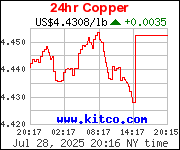


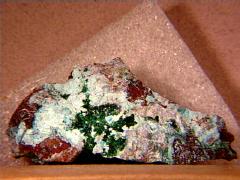

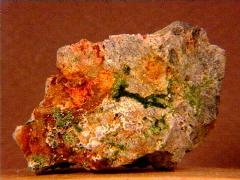
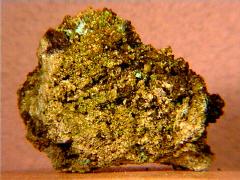
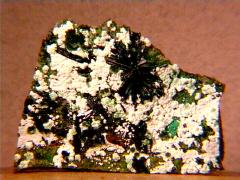
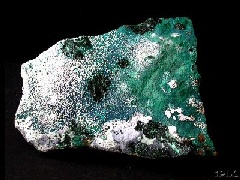


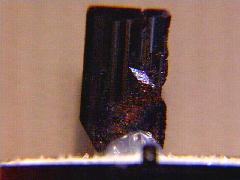
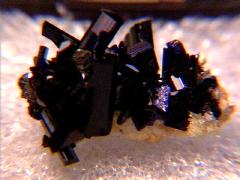
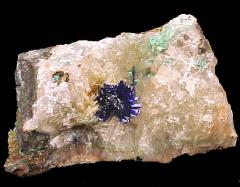


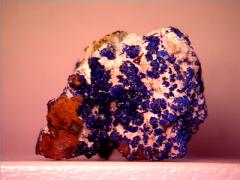






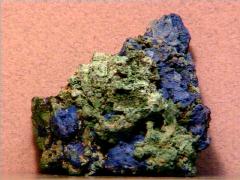

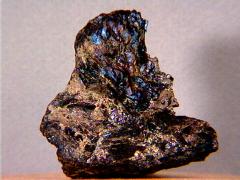




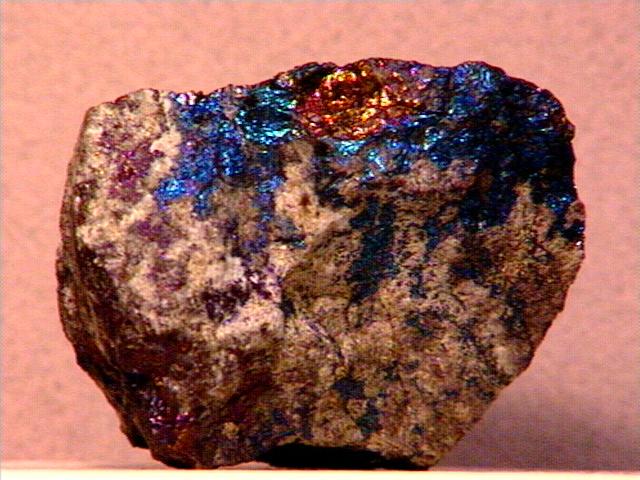


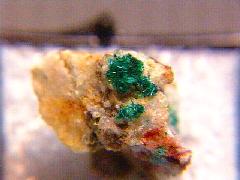
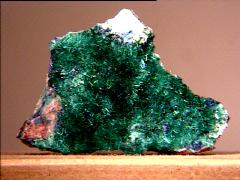






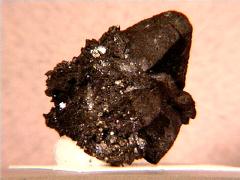
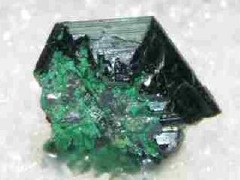
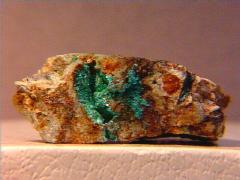

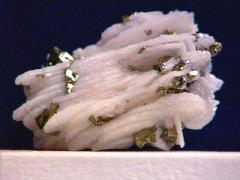
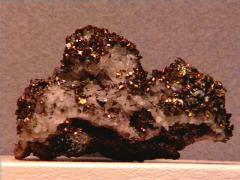

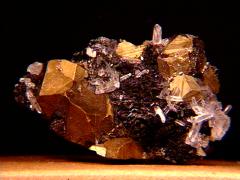
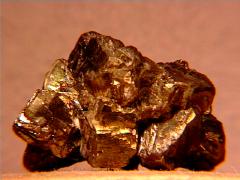




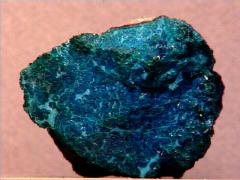
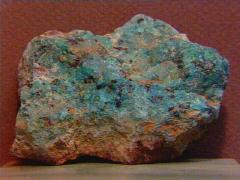


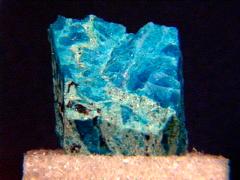
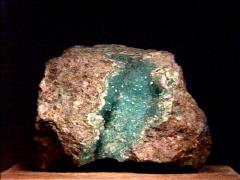
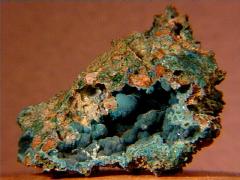
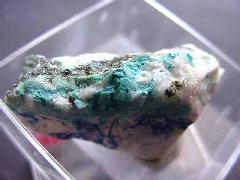
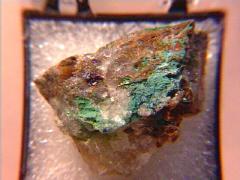

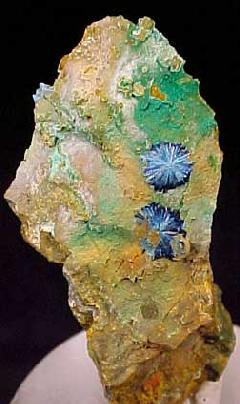
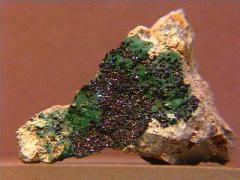

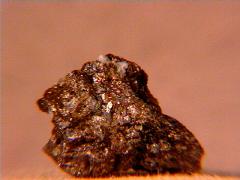
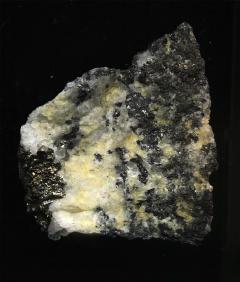



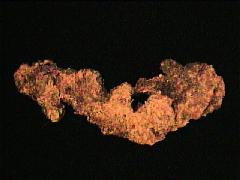


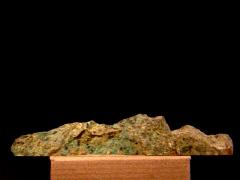



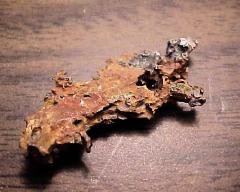
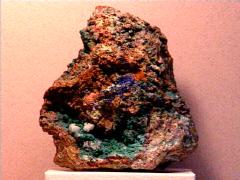


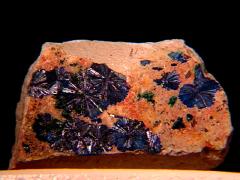
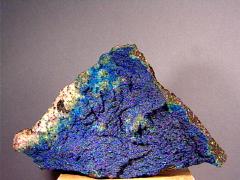

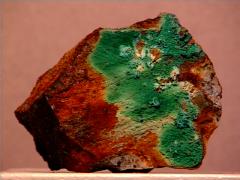


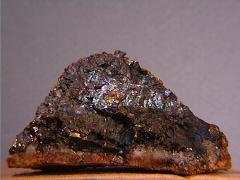
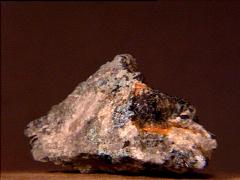


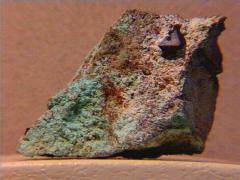


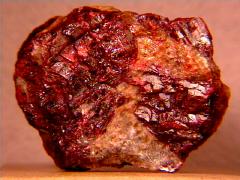
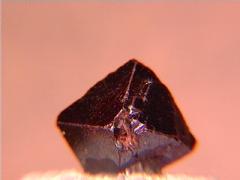

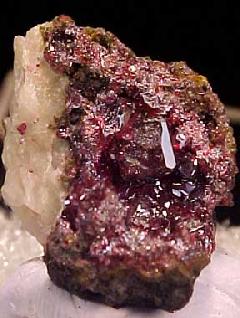


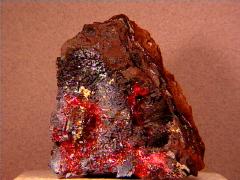


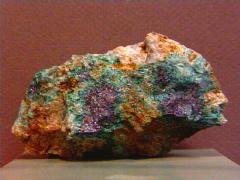

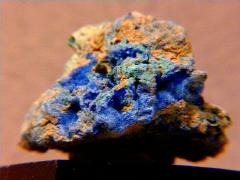

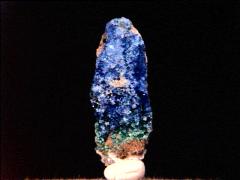




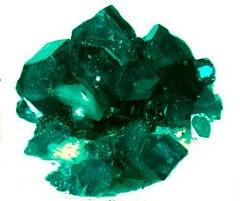



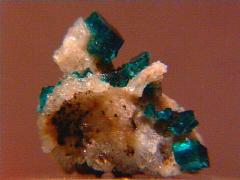








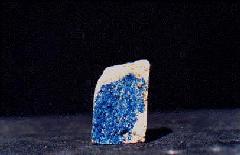


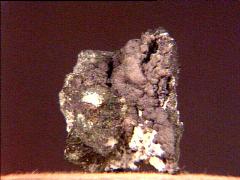
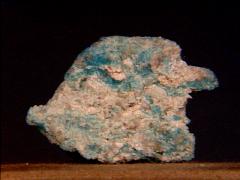
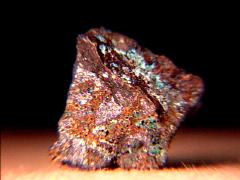





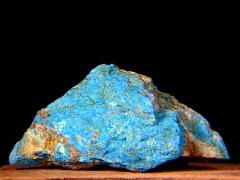

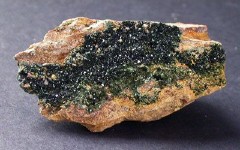


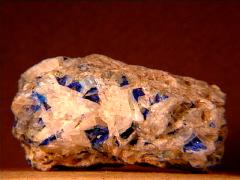
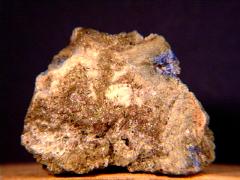


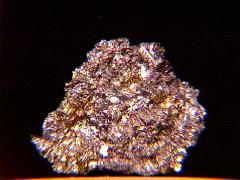
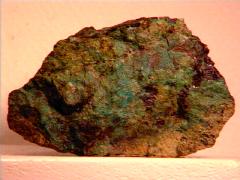
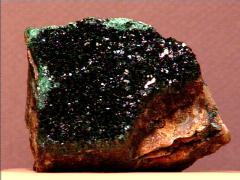
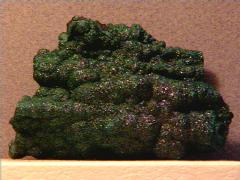




Thanks for sharing this information.
ReplyDeleteUK investment